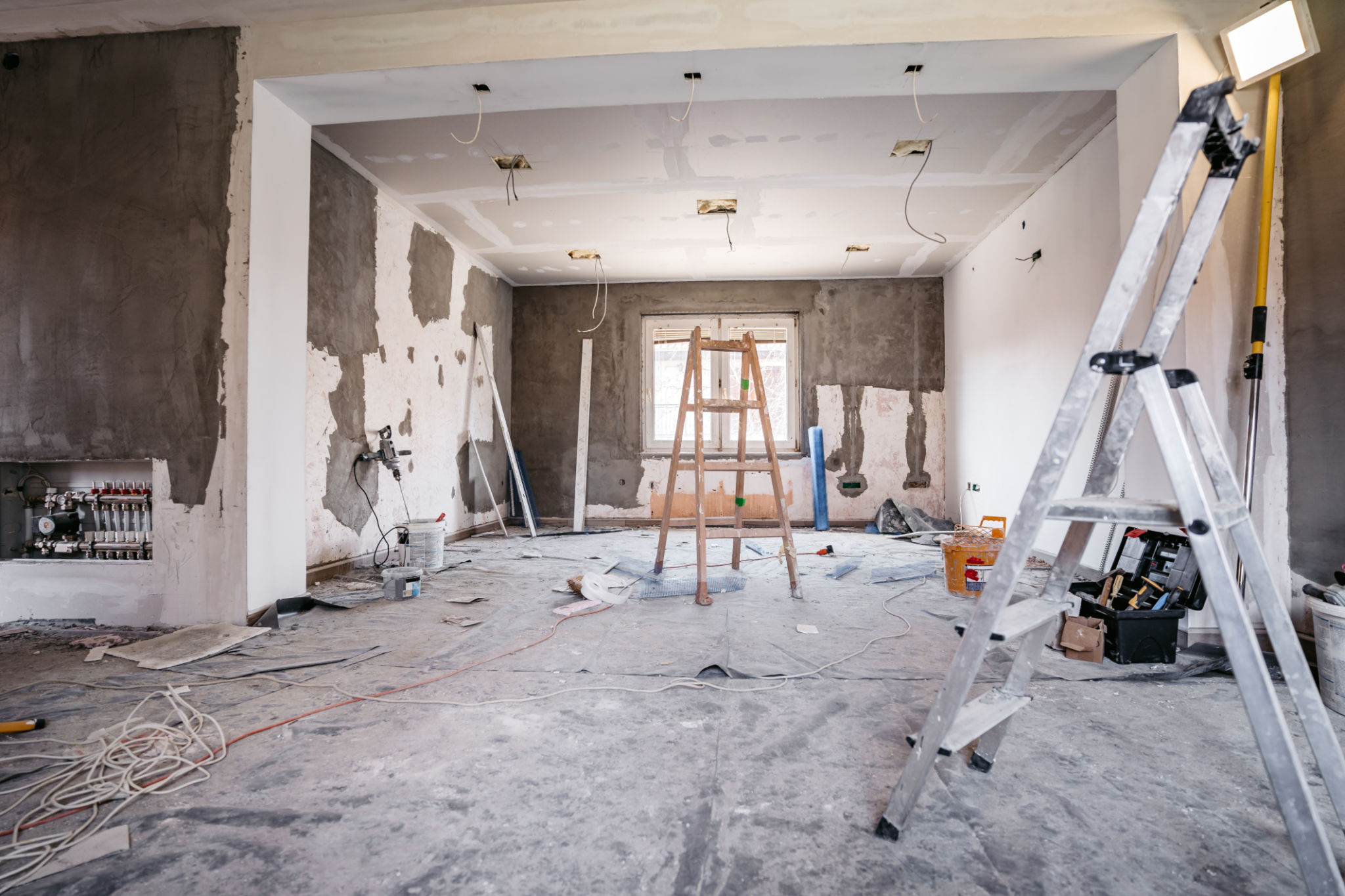Myth-Busting: Common Misconceptions About Real Estate Design
Understanding the Reality Behind Real Estate Design
When it comes to real estate design, numerous myths and misconceptions tend to circulate, often leading to confusion or misguided expectations. These myths can deter potential buyers, sellers, or renovators from making informed decisions. In this post, we aim to debunk some of the most common misconceptions about real estate design.

Myth 1: Bigger Homes Are Always Better
One of the most prevalent myths is that a bigger home equates to a better investment or more luxurious living. While size can offer more space, it doesn't necessarily mean better functionality or comfort. Factors such as layout, design efficiency, and quality of materials often play a more significant role in determining a home's livability and value than sheer square footage.
Myth 2: Open Floor Plans Are Ideal for Everyone
Open floor plans have become a popular trend in modern real estate design, but they are not universally suitable. While they offer a sense of spaciousness and encourage social interaction, they may not be ideal for every lifestyle. Families with young children, for instance, might prefer more defined spaces for privacy and noise control. It's important to consider personal needs and lifestyle when evaluating floor plan options.

Myth 3: All Renovations Add Equal Value
Not all renovations are created equal when it comes to adding value to a property. While kitchen and bathroom remodels typically offer a high return on investment, other upgrades might not significantly boost your home's market value. Prioritizing renovations that enhance functionality and appeal to a broad range of buyers is crucial when considering cost versus return.
Myth 4: You Must Follow Design Trends
The belief that you must adhere strictly to the latest design trends can be misleading. While trends can provide inspiration, they may not suit every home or personal taste. Designing a space that reflects your personality and meets your needs is more important than following fleeting trends. Timeless designs often provide more enduring satisfaction and appeal.

Myth 5: Hiring a Professional Designer Is Unnecessary
Many people assume they can handle design projects without professional assistance, believing it will save money. However, professional designers bring valuable expertise that can save time, prevent costly mistakes, and ultimately enhance the appeal and functionality of a space. Their insights often lead to smarter design decisions and better overall results.
Conclusion: Making Informed Decisions in Real Estate Design
Understanding these common myths allows homeowners, buyers, and sellers to make more informed decisions in real estate design. By focusing on functionality, personal needs, and timeless appeal rather than size, trends, or DIY efforts alone, individuals can create spaces that truly enhance their lifestyle and investment.
In the world of real estate design, knowledge is power. Debunking these myths helps empower you to navigate the complexities of real estate with confidence and clarity.